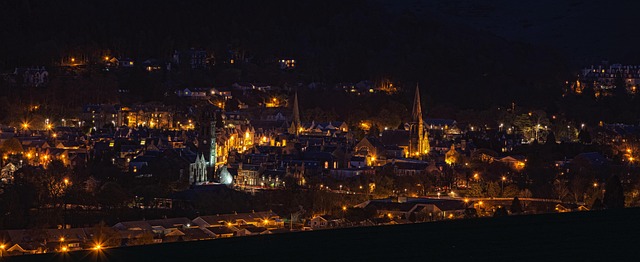In the enthralling world of photography, the concept of dynamic range is a critical component that can utterly transform your images. Often discussed in relation to a camera’s capabilities, dynamic range refers to the range of tones from the darkest to the brightest parts of an image. When it comes to capturing a photograph, understanding and mastering this range can be a game-changer.
Imagine you’re standing at the edge of a breathtaking landscape, where the sun sets behind a jagged mountain range while the foreground is drenched in deep shadows. The ability of your camera and the optics you choose to use can make or break this moment. With a high dynamic range, you can capture the intricate details of both the sunlit peaks and the dark valleys below, allowing the photograph to tell a complete story. Photos taken with a limited dynamic range often leave the viewer with an unsatisfactory experience—either the highlights are blown out, or the shadows are lost in darkness.
Modern cameras have made impressive strides in expanding dynamic range, yet the optics you pair with your camera play an equally vital role. Lenses designed with superior coatings and glass elements can help retain detail across the full spectrum of brightness in a scene. For example, a prime lens often provides better contrast and clarity compared to a standard zoom lens. When these elements come together—a capable camera, an exceptional lens, and keen artistry—a photographer can truly harness the potential of dynamic range.
Moreover, the exposure settings you choose deeply influence dynamic range. When shooting in challenging lighting conditions, thoughtful techniques such as bracketing can help. By taking multiple exposures of the same scene, photographers can blend them in post-processing to create an image that captures detail across the entire range of light. This skill not only enhances the visual experience but also deepens the emotional connection viewers have with the photo.
As aspiring photographers delve into the science of light and shadow, they will discover that dynamic range is not merely a number or a characteristic of their camera; it is an integral part of their storytelling toolkit. Exploration of this concept can elevate their work, urging them to push against the boundaries of traditional photography. Whether you are stepping into the realm of photography or a seasoned veteran, the impact of dynamic range on your images is profound and far-reaching. Experimenting with various techniques, lenses, and camera settings will only enhance your ability to capture breathtaking photographs that resonate with emotion and depth.



